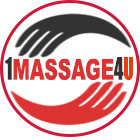- THERAPEUTIC TOUCH
- REFLEXOLOGY
- SHIATSU
- TUI NA
- MYOFASCIAL RELEASE
- SWEDISH MASSAGE
- DEEP TISSUE MASSAGE
- CUPPING THERAPY
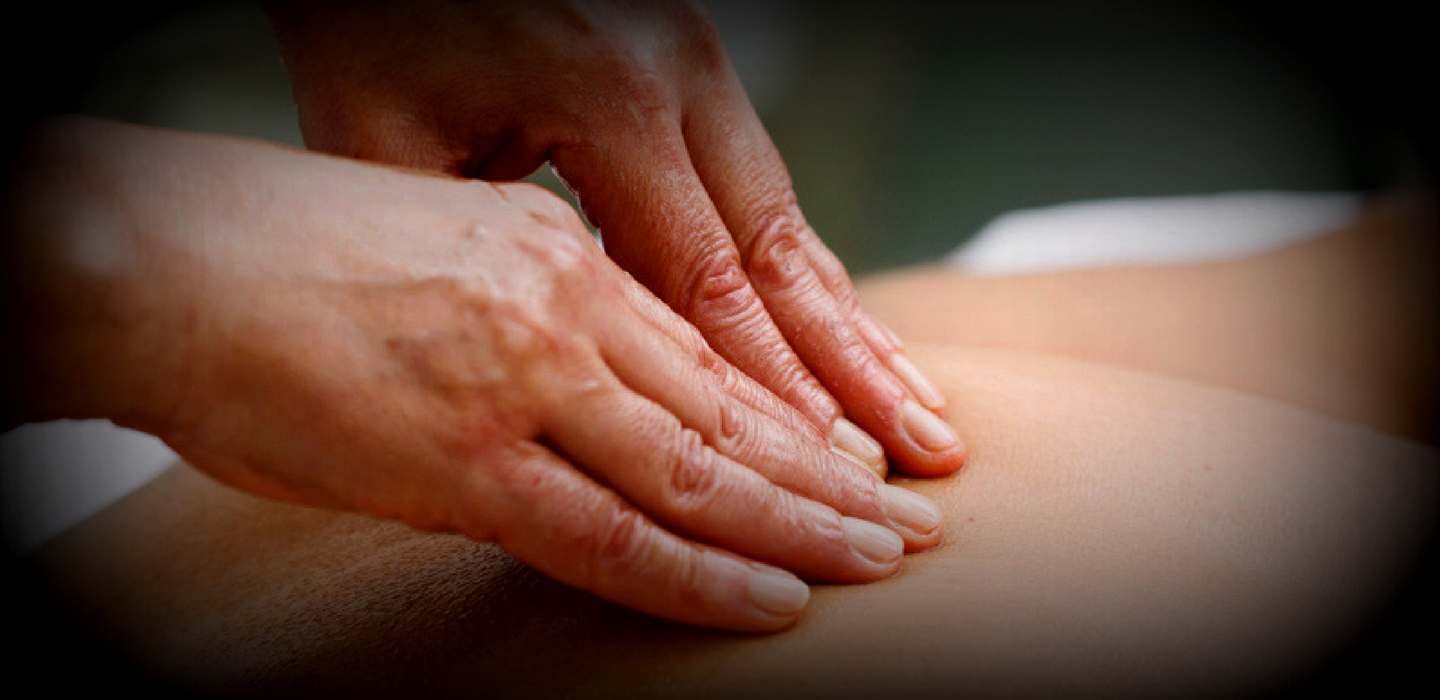
Practitioners, primarily nurses, are trained to feel or sense energy imbalances in the client and to use lying on of hands to disperse blocks and channel healing forces to the client's body.
The therapist uses a light touch or holds the hand above the body, with the client generally seated. Meditation is used by the therapist to center herself and strengthen her connection to the client's energy system.
Therapeutic Touch has been applied in an assortment of medical situations, including the care of premature infants and emergency room patients.
It is known to induce a state of relaxation within minutes.
Therapeutic Touch is considered safe because of its gentle, noninvasive approach.
Developers of this technique affirm that everyone has the potential to heal with Therapeutic Touch and may be taught the methodology in one day.
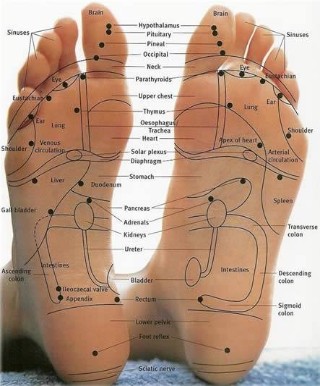
Based on an ancient Chinese therapy, reflexology involves manipulation of specific reflex areas in the foot, hands, and ears that correspond to other parts of the body.
Sometimes referred to as zone therapy, this bodywork involves application of pressure to these reflex zones to stimulate body organs and relieve areas of congestion.
Similar to acupressure principles, reflexology works with the body's energy flow to stimulate self-healing and maintain balance in physical function. This technique is used to reduce pain, increase relaxation, and stimulate circulation of blood and lymphatic fluids. It is especially useful in stress-related illness and emotional disorders. Reflexology is also convenient in cases where an area of the body is traumatized or diseased to the extent that direct manipulation is not appropriate.
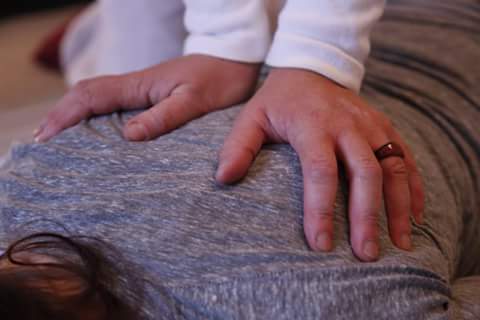
Developed in Japan, shiatsu is a finger-pressure technique utilizing traditional acupuncture points.
Similar to acupressure, shiatsu concentrates on unblocking the flow of life energy and restoring balance in the meridians and organs in order to promote self-healing.
With the client reclining, the practitioner applies pressure with the finger, thumb, palm, elbow, or knee to specific zones on the skin located along the energy meridians.
The treatment brings about a sense of relaxation while stimulating blood and lymphatic flow.
The benefits of this treatment may include pain relief and a strengthening of the body's resistance to disease and disorder.
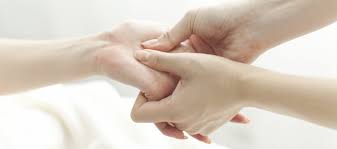
Tui na is an ancient Chinese system of manual therapeutics with a wide range of techniques and indications.
While traditional Chinese medical precepts form its theoretical basis, clinical experience governs its application.
Tui Na techniques range from those those are light and soothing to those that are strong and invigorating.
Refined over the centuries, tui na facilitates healing by regulating the circulation of blood and qi (vital energy), which controls body function and enhances resistance to disease.
The term tui na (pronounced t-weigh na) combines the names of two of the hand techniques, tui meaning to push and na meaning to lift and squeeze, which are used to represent the system. Practitioners of tui na claim there are more than 365 hand techniques, although they can be generally placed in the category of pressing, rubbing, waving, shaking, percussion, or manipulating.
The term "tui na" first appeared in the Ming Dynasty text Pediatric Tui Na Classic in 1601.
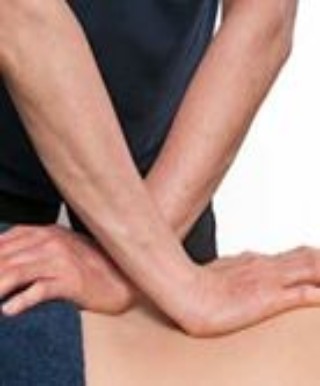
Myofascial release is the three-dimensional application of sustained pressure and movement into the fascial system in order to eliminate fascial restrictions and facilitate the emergence of emotional patterns and belief systems that are no longer relevant or are impeding progress.
First, an assessment is made by visually analyzing the human frame, followed by the palpation of the tissue texture of various fascial layers.
Upon locating an area of fascial tension, gentle pressure is applied in the direction of the restriction.
Myofascial release is an effective therapeutic approach in the relief of cervical pain, back pain, fibromyalgia, scoliosis, and neurological dysfunction, restriction of motion, chronic pain, and headaches.
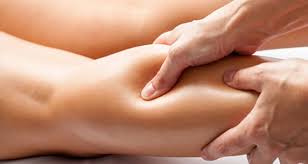
One of the most commonly taught and well-known massage techniques, Swedish massage is a vigorous system of treatment designed to energize the body by stimulating circulation.
Five basic strokes, all flowing toward the heart, are used to manipulate the soft tissues of the body.
The disrobed client is covered by a sheet, with only the area being worked on exposed.
Therapists use a combination of kneading, rolling, vibrational, percussive, and tapping movements, with the application of oil, to reduce friction on the skin.
The many benefits of Swedish massage may include generalized relaxation, dissolution of scar tissue adhesions, and improved circulation, which may speed healing and reduce swelling from injury.
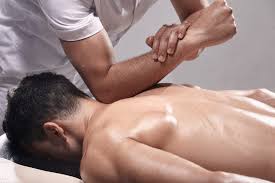
Techniques that utilize deep-tissue/deep-muscle massage are administered to affect the sub-layer of musculature and fascia.
These techniques require advanced training and a thorough understanding of anatomy and physiology.
The muscles must be relaxed in order to effectively perform deep-tissue massage, otherwise tight surface muscles prevent the practitioner from reaching deeper musculature.
It helps with chronic muscular pain and injury rehabilitation and reduces inflammation-related pain caused by arthritis and tendinitis. It is generally integrated with other massage techniques.

Cupping is an ancient Chinese method of causing local congestion. A partial vacuum is created in cups placed on the skin either by means of heat or suction. This draws up the underlying tissues. When the cup is left in place on the skin for a few minutes, blood stasis is formed and localized healing takes place. Cupping therapy has been further developed as a means to open the 'Meridians' of the body.
Meridians are the conduits in the body through which energy flows to every part of the body and through every organ and tissue. There are five meridians on the back that, when opened, allow invigorating energy to travel the whole length of the body.
It has been found that cupping is probably the best way of opening those meridians.
Cupping has also been found to affect the body up to four inches into the tissues, causing tissues to release toxins, activate the lymphatic system, clear colon blockages, help activate and clear the veins, arteries and capillaries, activate the skin, clear stretch marks and improve varicose veins.
Cupping is the best deep tissue massage available.
Cupping, the technique, is very useful and very safe and can be easily learned and incorporated into your family health practices. Now plastic cups based on the traditional cups by applying the traditional cupping therapy together with the magnetic therapy.
The new cups have done away with the traditional firing.
This has made the application of the cups more easily and safely. It has a good penetrating effect and a big drawing strength. It has not only improved efficacy but also simplified the procedures of cupping therapy. The improved plastic cups for ancient Chinese cupping therapy are now available for supply. They are easier to be handled and safer to be used for self-treatment at home.
In China, the new cups are very popular for family cupping treatment.
